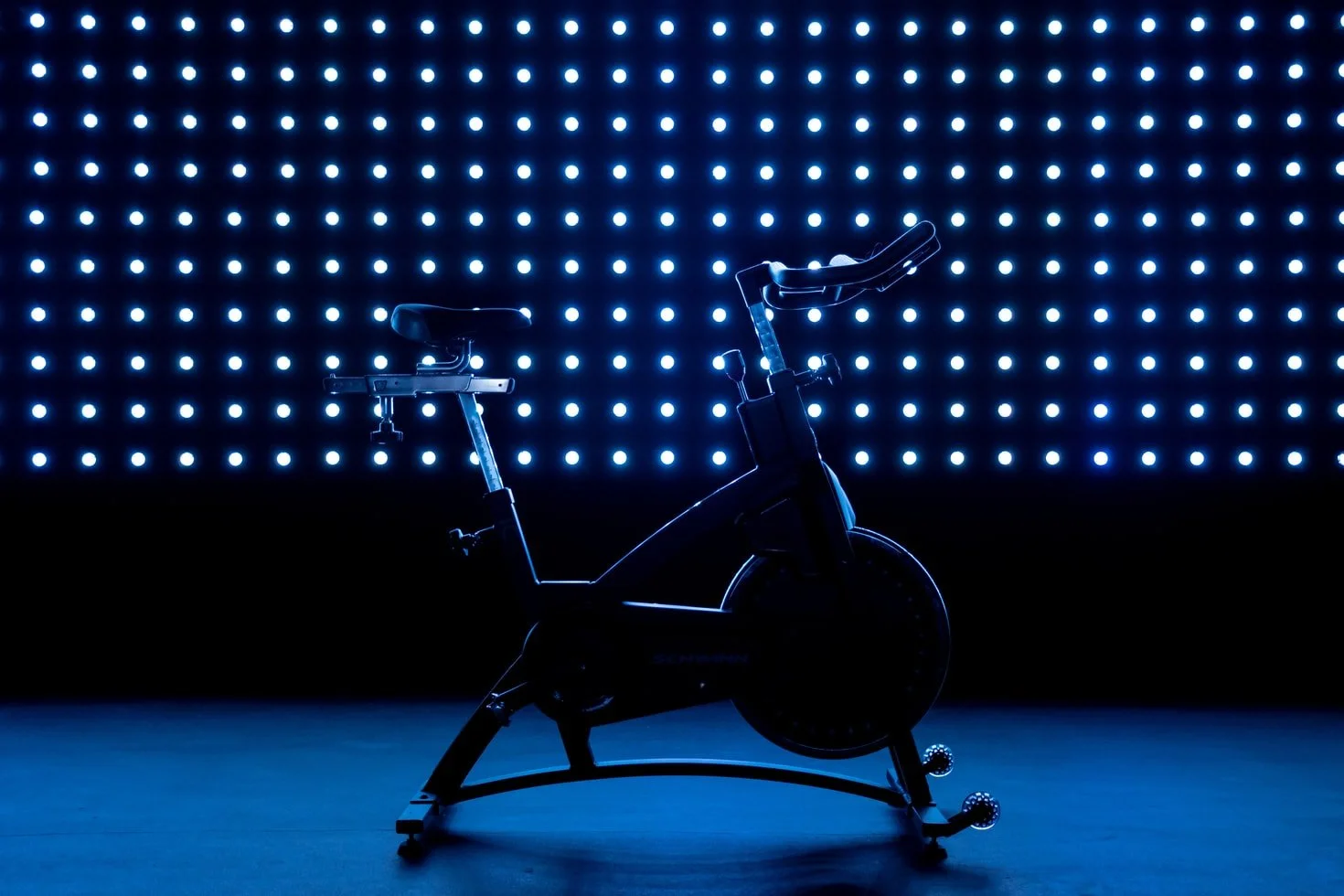Product Placement, Peloton, and HBO’s Big Brand-Related Blunder
Photo by Leodgario Pescador on Unsplash.
If I asked you to describe the 5-10 brands you trust, I bet most of you could do it in under a minute. (Your preferred coffee. Your smartphone of choice. The make of your car. Your headphones. Your favorite fast-food joint.) We may not always think of ourselves as brand loyalists, but as consumers, that’s what we tend to be. Once we find a brand that we like and trust, and that fits into our lifestyles—we like to stick to it. That’s the power of a strong brand: When it delivers, we integrate it into our daily lives without thinking.
Consequently, product placement in movies and television series is second nature these days. If a show is aiming to be true-to-life, then audiences are bound to catch a glimpse of an errant Starbucks cup, office desks full of Dell laptops—and yes, a Peloton sitting right in the middle of Carrie and Big’s apartment in the new Sex and the City story, And Just Like That...
From a business perspective, product placement is meant to be a two-way street—a move that is designed to be mutually beneficial to all parties and a clever means of adding value to both a brand and a show. After all, an effective product placement in a movie can result in a positive boost of visibility for a brand and an increased interest from consumers.
By featuring the already-popular Peloton in their series, HBO adds a layer of trendiness and realism to the world they built for audiences. But I think we can all agree that the way the Peloton brand appeared in And Just Like That… wasn’t quite up to Peloton’s mission statement, which is to “[empower] people to be the best version of themselves, anywhere, anytime.” While viewers watched Big have a heart attack immediately after his evening Peloton ride—Peloton’s felt a death of its own as its stock dropped by 11%.
It’s safe to say that Big’s death does not match up to the intended spirit of Peloton’s brand, which is why we are wondering… Why did HBO not give Peloton the script beforehand to review and approve how their brand was being placed? HBO may have been leaning on their existing IP in this case—this character already had a heart condition and regularly smoked cigars—but the risk here seems to have been a misstep by HBO with a lack of clarity around use of the brand within the show.
The placement of brands in film and television comes about in one of two ways.
1. A paid product placement. This happens often with huge movie franchises. (Who can forget the time James Bond suddenly start drinking Heineken instead of martinis?) A brand may approach a production company to be featured in their project for a hefty price tag.
2. Nominative fair use of a trademark. This case usually happens when a brand has been written into a film or TV show, and the production approaches that brand to secure a formal agreement that allows them the right to feature the brand in their project. The catch is that this kind of fair use of a trademark is only allowed when the brand is being used in a way that does not “depreciate the value of the goodwill in the mark.”
The two-way street of a successful brand placement—or any agreement that outlines fair use of intellectual property—only works with clear guidelines and shared expectations by both parties. I’d be remiss if I didn’t add that this is where an intellectual property or entertainment lawyer would come into play. If you have questions related to trademarks, brand protection, or entertainment law matters, drop us a line below!

